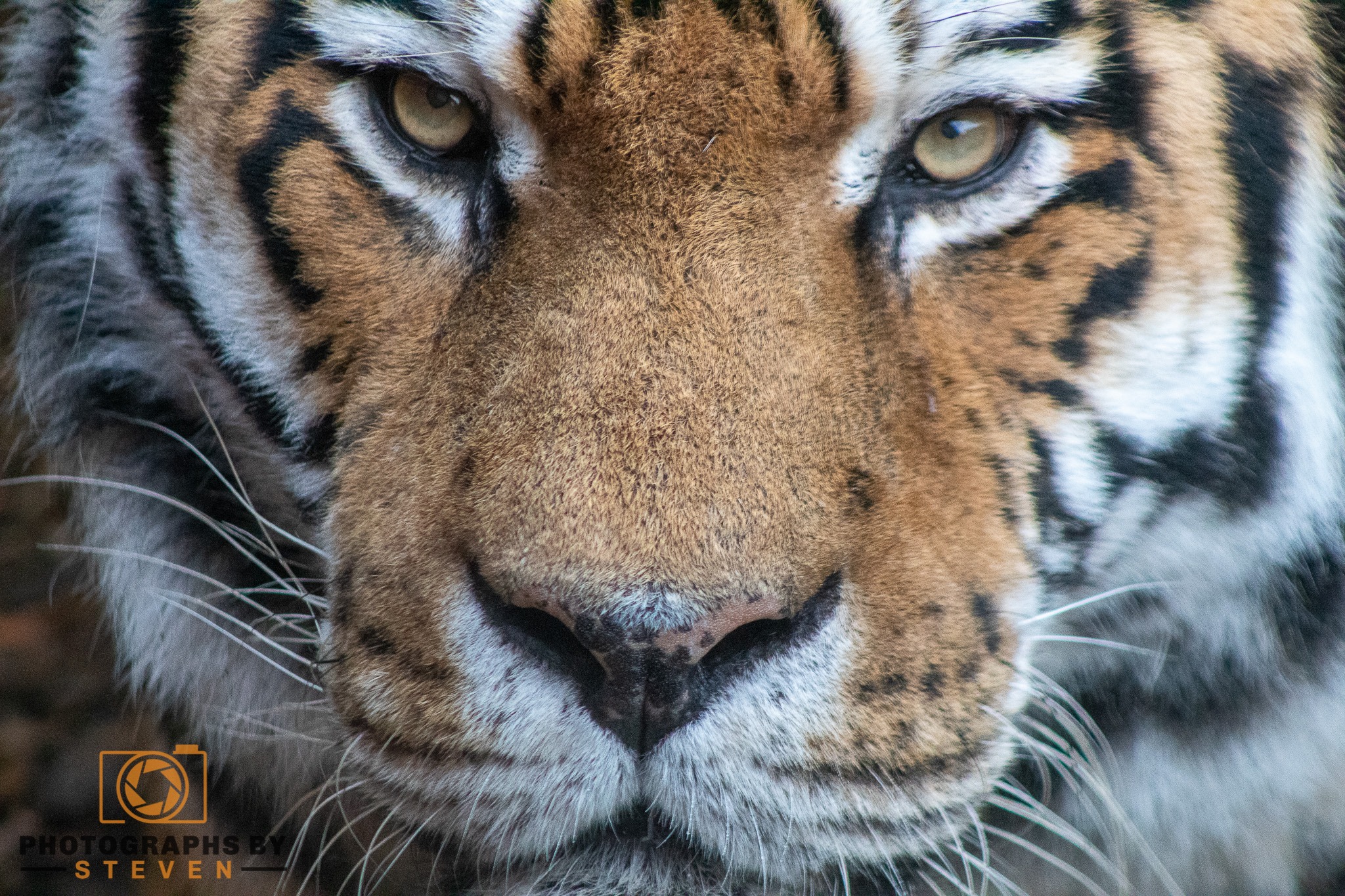The tiger, a mighty and wonderful creature, moves gracefully through the jungle. Its blazing stripes tell stories of untamed wildness, and its amber eyes reveal secrets of an unseen world. We are awakened by its enormous roar and envision the mysteries of existence and nature's awe-inspiring elegance. This fascinating predator roams the jungle like a living work of art, a representation of nature's raw beauty and indomitable energy.
India is a special place for people who love animals and taking pictures. India is a special place where you can see and take pictures of the biggest wild cat, called a tiger. Tigers also live in other parts of Asia, but in India, you can see them in a really exciting way.
The Search for Tigers
Embarking on a journey to witness these elusive tigers, you'll meander through the meticulously designed enclosures of the zoo. Here, tigers are more accustomed to the presence of humans, often found lounging near water features or exploring their feeding areas. Observing them in this setting offers a more guaranteed and accessible experience compared to their natural habitat, allowing for more intimate and engaging encounters. However, a dash of patience and a sprinkle of luck are still essential to catch them showcasing their natural behaviours, making every visit a unique and thrilling adventure!
Picking the Appropriate Lens
For wildlife photography, especially when photographing tigers, choosing the appropriate lens is essential. Look for telescopic strength that is adaptable and background blurring capabilities. Even if it means giving up somewhat smaller apertures, strive for a zoom lens in the 150–600mm range because it can be difficult to find one that strikes a balance between the two. To be safe against distant tiger sightings, it is imperative to have a 400mm lens.
Use of Plants in Composition
Tigers frequently hide in lush plants at close range. Instead of getting frustrated, take use of this. To frame your photographs and create eye-catching compositions, use branches and greenery. To create a vignette effect, encircle your subject with gnarled branches, or place leaves and limbs at the photo's margins.
You may achieve different levels of emphasis on the greenery depending on how far the branches are from the tiger. In your photographs, blurred branches might offer a mysterious quality while sharpening the tiger's focus.
The secret to photographing a tiger hidden within dense shrubs is to focus on a single auto-focusing point, preferably in the middle, and utilize spot AF to identify the tiger's eye. In places where it's not very bright, it's important to keep the camera steady. That's why a tripod and beanbag are useful. To make sure the picture looks good, the photographer uses certain settings on the camera. They make the ISO higher, keep the aperture wide open, and set the shutter speed fast. The photographer also uses a special lens and adjusts the color of the picture. All of these things help the photographer take a really amazing picture of a tiger.
Advanced Camera Settings
Think about your drive mode, focus mode, white balance, and metering mode in addition to fundamental settings like shutter speed and aperture. Depending on your taste, choose between continuous and one-shot auto-focus for the focus setting. While continuous auto-focus might be more appropriate in some circumstances, one-shot auto-focus is better for locking focus and recomposing your photo.
To increase your chances of capturing the ideal moment, use the highest frames per second (FPS) setting in drive mode to take quick successions of photos. Keep your camera's white balance set to "cloudy" for a warm and accurate portrayal of the scene. To achieve precise exposure, use the metering mode that best suits your situation.
Additional Tips for a Successful Tiger Safari

Your chances of seeing tigers are considerably increased by hiring a knowledgeable naturalist. These specialists have vital information of the regional wildlife, particularly the ranges and behaviors of specific tigers.
Prioritize lenses with strong zoom and low-light performance when choosing shooting equipment. When going on game drives, ask your lodge for bean bags and think about using a monopod for stability.
During a tiger safari, patience is essential. Be ready for brief periods of waiting and take pleasure in the entire pursuit of these elusive animals.
Try experimenting with angles, zoom levels, and composition to get creative when taking pictures of tigers.
To have a better chance of taking amazing pictures of these magnificent animals in their home, you can follow these tips and be ready. Every safari is special and exciting because the forest is unpredictable and you might get to see one of the most famous big cats.



Leave me a comment
Thank you for reading my post, if you want to leave a comment, you can do so below.